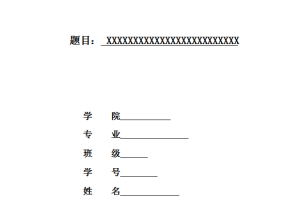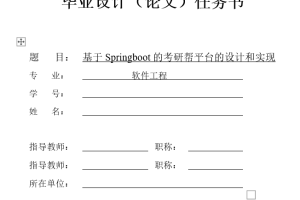高效液相色谱-质谱(HPLC-MS)联用技术是近几年来发展起来的一项新的分离分析技术。它将应用范围极广的分离方法——液相色谱法与灵敏、专属、能提供结构信息的质谱法结合起来,成为一种重要的现代分离分析技术。液质联用为生产和科研提供了许多有价值的数据,解决了许多在此之前难以解决的分析问题。本文主要探索液质联用的条件,并运用LC-MS仪对多肽进行了产品性质认定和分析杂质性质,希望能建立一套完整的液质联用体系。
关键词:高效液相色谱-质谱,联用的条件,产品性质认定,杂质分析
Abstract
High-performance liquid chromatography – mass spectrometry (HPLC-MS) in conjunction with technology in recent years developed a new separation analysis techniques. It a very wide range of applications of separation methods – liquid chromatography with sensitive, proprietary, can provide information on molecular weight and structure of the combination of mass spectrometry has become an important separation of modern analysis techniques.HPLC-MS provide lots of valuable data for production and scientific research, and solve many previously difficult problems.This papermainly explores the LC-MS conditions, and the use of LC-ESI-MS instrument and analysis of impurities on the properties of the product to determine the nature of the polypeptide,hope to establish a complete set of liquid chromatography-mass spectrometry system.
Key Words:HPLC-MS, in combination with the condition, nature of the product identification, impurity analysis
目录
摘要……………………………………………………………………………………………………………….. I
Abstract………………………………………………………………………………………………………….. II
第一章 前言…………………………………………………………………………………………………. III
第二章 实验部分……………………………………………………………………………………………. 6
2.1实验目的…………………………………………………………………………………………….. 6
2.2实验原理…………………………………………………………………………………………….. 6
2.3实验仪器与试剂………………………………………………………………………………….. 8
2.4 实验步骤……………………………………………………………………………………………. 8
2.4.1管道连接……………………………………………………………………………………. 8
2.4.2流动性制备………………………………………………………………………………… 8
2.4.3 一般参数配置……………………………………………………………………………. 8
2.4.4 实验步骤…………………………………………………………………………………… 9
第三章 结果与讨论………………………………………………………………………………………. 10
3.1第一个实验……………………………………………………………………………………….. 10
3.2第二个实验……………………………………………………………………………………….. 12
3.3第三个实验……………………………………………………………………………………….. 15
第四章 结论与展望………………………………………………………………………………………. 24
参考文献………………………………………………………………………………………………………. 26
致谢……………………………………………………………………………………………………………… 27



